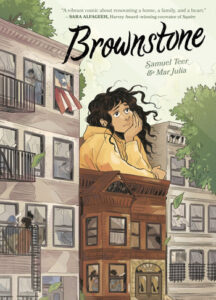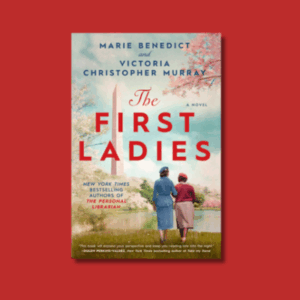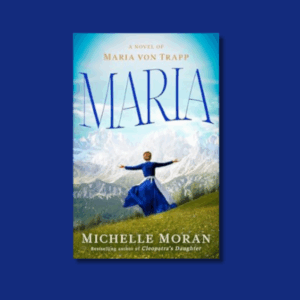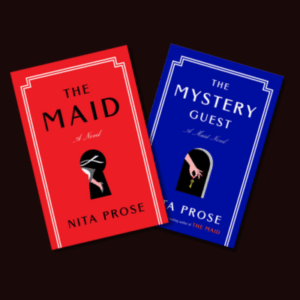 Review By: Anonymous Submission
Review By: Anonymous Submission
Published: 2024
Genre(s): YA Graphic Novel, Contemporary Fiction
Audience: Grades 7–12
Content Warnings: Language struggles, abandonment
Reviewer’s Note: “Included Spanish language.”
Goodreads Link: Brownstone
Summary:
In Brownstone, Almudena, a biracial teen, spends the summer with her Guatemalan father—a man she has never met. Separated by culture, language, and years of absence, the two must learn to communicate and connect as they repair his crumbling brownstone together. Set against the backdrop of a changing neighborhood, the story explores themes of family, identity, gentrification, and the search for belonging.
Review:
As a World Language educator, I am continually seeking meaningful ways to integrate literature into my classroom. Brownstone by Samuel Teer serves as an outstanding example of a novel that seamlessly weaves cultural exploration with the real-life challenges many students face today.
In this compelling graphic novel, Almudena spends the summer with her father—a man she has never met. Together, they must navigate the complexities of building a relationship despite a significant language barrier. Through its vivid illustrations and heartfelt storytelling, Brownstone offers deep insight into Guatemalan culture while addressing important social issues such as gentrification, gender identity, and the importance of community collaboration.
Teer’s skillful characterization allows readers to connect emotionally with the characters and empathize with their struggles. The expressive artwork enhances the narrative, inviting readers to engage more deeply with the characters’ experiences. While the novel touches on multiple complex themes, some students may need additional background knowledge—particularly regarding gentrification—to fully grasp its impact on communities. Providing this context would help students develop a more comprehensive understanding of both the novel and the social realities it reflects.
I highly recommend this graphic novel to educators and readers alike. It serves as a powerful tool for fostering cultural awareness, empathy, and critical thinking, making it a valuable addition to any World Language classroom.



